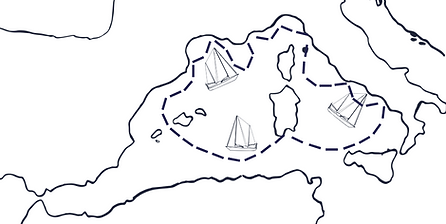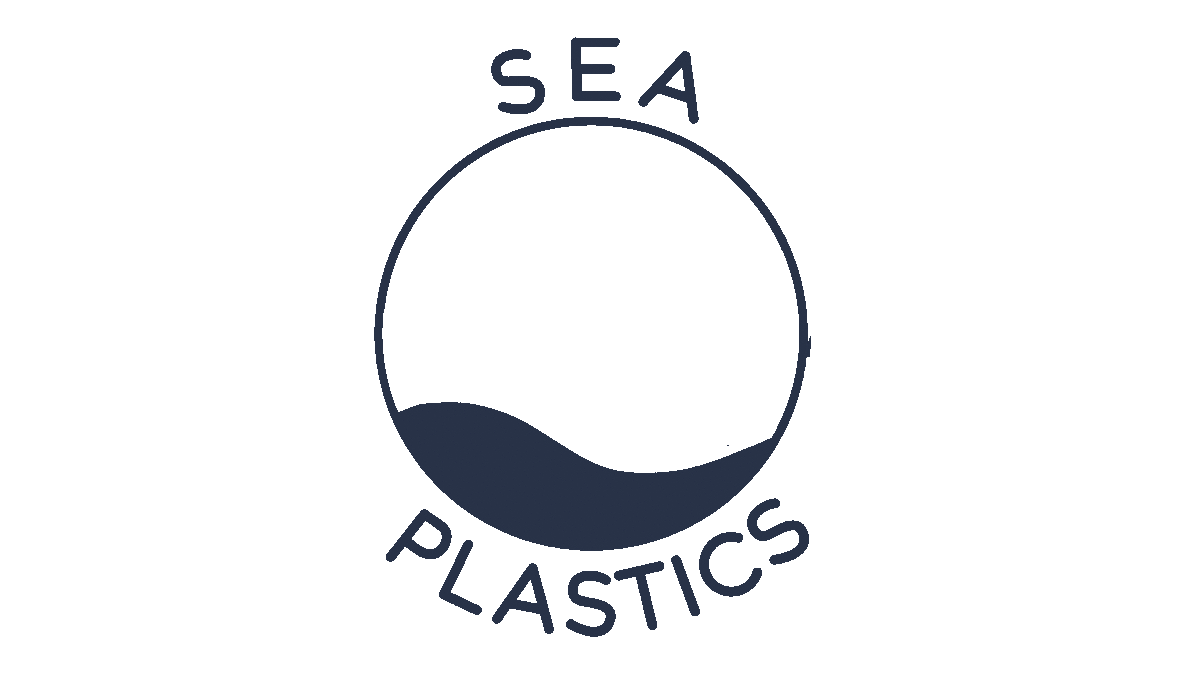top of page

SCIENTIFIC PROGRAM Expedition 2019
A study of the vertical distribution of microplastics, from the surface to the sediments, in the western Mediterranean

With the aim of studying microplastic pollution in the western Mediterranean, 10 sampling sites were defined by the 2019 oceanographic expedition: 6 in Italy, 1 in Spain and 3 in France.
This year, three types of samples are taken at each sampling site. The objective is to have a global overview of the distribution of microplastics in the water column, from the surface to the sediments.
Manta Net


A sampling of microplastics
surface
To carry out the surface microplastics sampling , the Manta net is pulled behind the boat which is moving forward at a speed of two knots. By knowing the sampling time, we are then able to measure the volume of filtered water where we have collected the microplastics. The net used has a mesh of 125 μm. We therefore recover all microplastics between 125 μm and 5mm. The samples are then passed through a 100 μm sieve to ensure that we do not have micro-particles beyond de this limit. All particles between 100 μm and 5 mm are therefore recovered and fixed in formalin while waiting to be sent to the Marbec laboratory for analysis.
Closing Net



A sampling of microplastics in the water column
The protocol for using the closing net was validated by the 2017 and 2018 scientific expeditions. The 2019 expedition uses one more year this protocol in order to carry out sampling in the water column . This year it is carried out between 80 meters and 30 meters deep. The net is lowered to 80 meters and then raised to 30 meters where the net is closed. The sample is then brought up to the deck of the boat where the same protocol as for the closing net is carried out. Microplastics from the water column between 80 and 30 meters measuring between 100 μm and 5 mm are therefore collected and fixed in formalin.





Sediment skip

A sampling of microplastics in sediments
The sediment dumpster is sent to a depth of 100 metres. On contact with the ground, thanks to a hooking mechanism, the bucket closes. The 2 L of sediment collected are then brought back on board the boat. They are put in waterproof bags and fixed with formaldehyde then isolated from the sun to prevent the degradation of living organisms while waiting to be transported_cc781905-5cde-3194-bb3b-136_bad5cf58 in the laboratories of UMR Marbec.
Environmental profile samples thanks to the Hypatia buoy

1m
30m
80m
Hotspot
Mooring harness
3 strand rope
Temperature sensors, brightness
Temperature sensors, brightness
Weighted line
Temperature, light and salinity sensors
Ballast
As an extension of what was achieved during the 2017 and 2018 oceanographic expeditions, the partnership with CNES is renewed. Following the conclusions of the 2018 expedition, it is necessary to take the sensors one by one to ensure that they work and to calibrate them.
The Hypatia buoy used by the 2019 expedition was entirely designed by the Tenum teams. This team provides technical responses and works in close collaboration with CNES . This buoy allows us to produce an environmental profile of the marine environment using temperature, light and salinity sensors at different buoy stations (see schéma opposite).
INTERNSHIP OFFER
The 2019 expedition team and the Marbec laboratory (based between Montpellier and Sète) are looking for an intern to analyze the samples from the 2019 expedition for 2 months. The internship would take place in January and February 2020, supervised by Delphine Bonnet from the University of Montpellier.
You can send your cover letters and CV to the following email address: seaplastics@gmail.com
bottom of page


